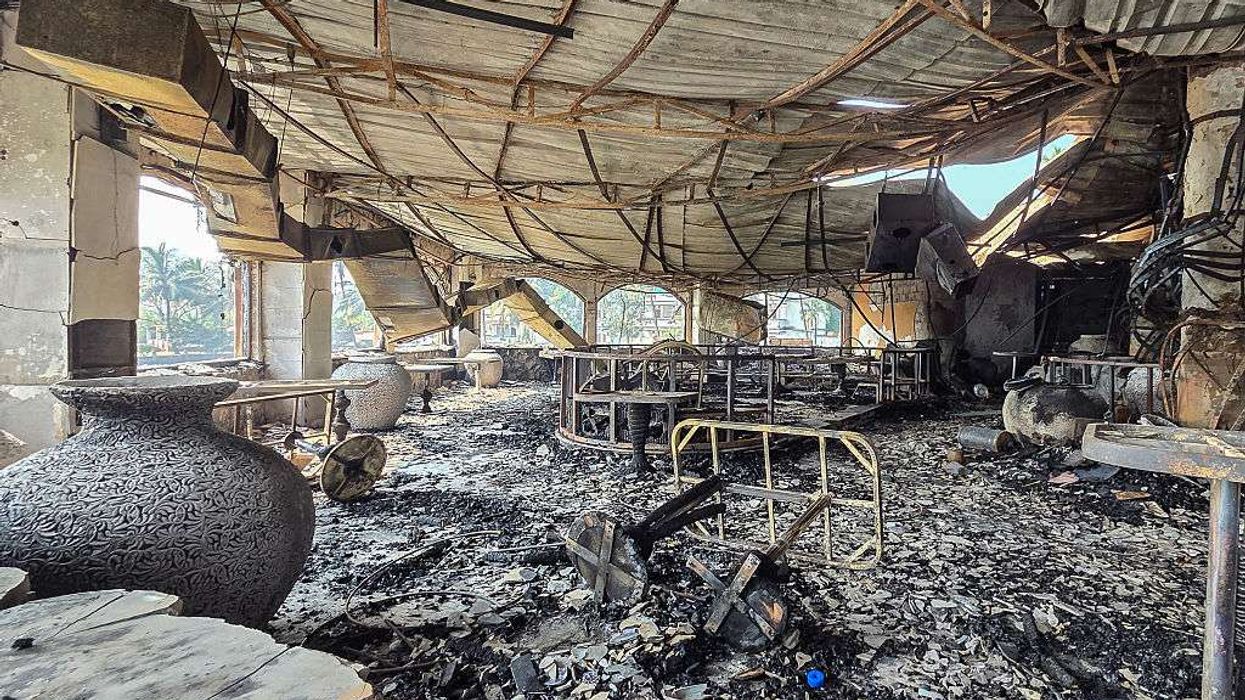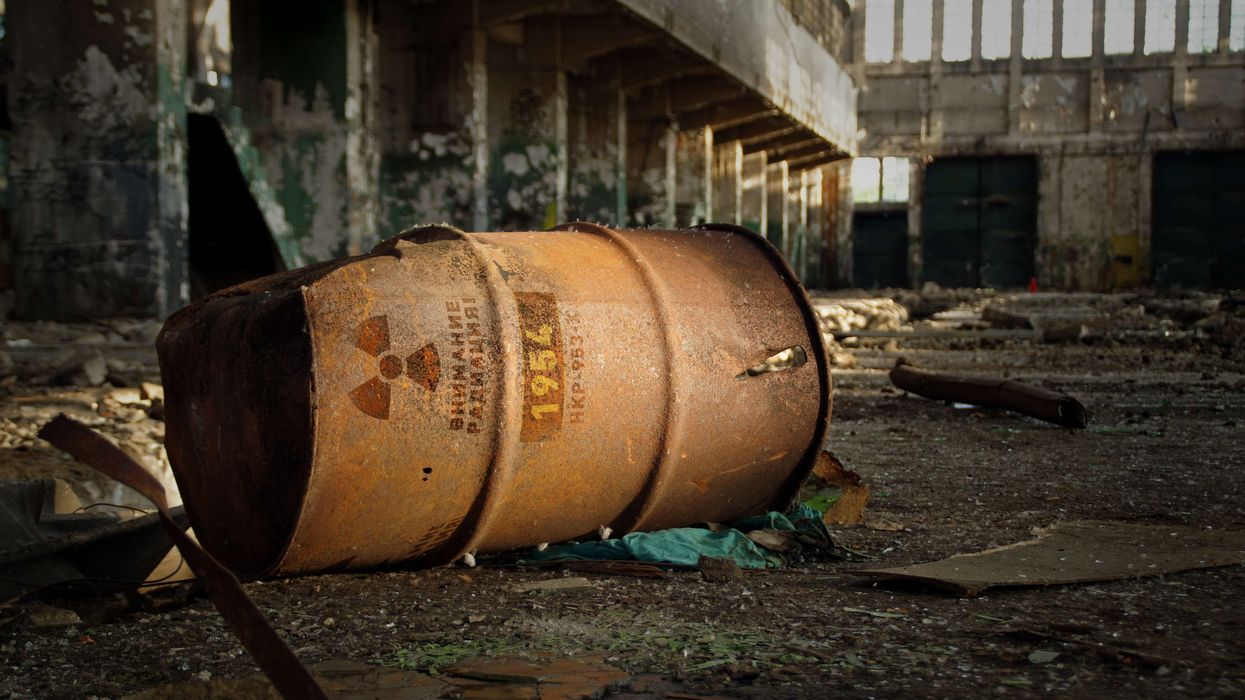THE businessman appointed by Boris Johnson as Britain's 'Cost of Living Business Tsar' said six months ago that the prime minister was not blessed with intelligence and should quit.
Late on Monday (13), the government announced that David Buttress, former founder and chief executive of online food delivery company Just Eat, would take on a role to help the public with rising living costs.
However, on Tuesday (14) heavily critical tweets that Buttress had written about Johnson were reported by the media.
"Why is it that the worse people often rise to the highest office and stay there," he wrote in January after the publication of a damning report about parties held at Downing Street during coronavirus lockdowns for which the prime minister himself later received a fine.
"Boris has to go, he just has to."
In another message, he accused Johnson of "being fast and loose with the UK economy" and also said: "Never confuse an expensive education with intelligence or integrity. I don’t think Boris is particularly blessed with either."
A spokesman for Johnson, who had himself earlier tweeted news of the appointment, said the views were not relevant to Buttress's role.
"The individual you're referring to has a very clear task with regards to cost of living, as opposed to any other areas of government policy," the spokesman told reporters.
Asked if Johnson had read the tweets, he said: "I don't know if he'd be aware of every single comment but the relevant due diligence (was done)."
(Reuters)














